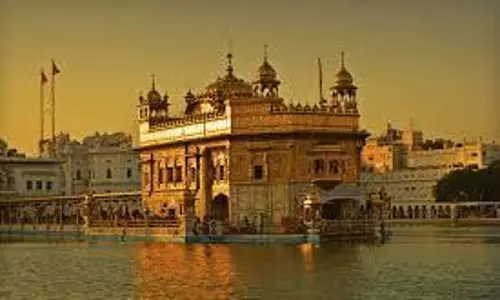
Ozone layer could explain if chances of life exists in the universe: study
text_fieldsNew Delhi: A team of scientists looking for evidence of life in universe said stars with high metal content could create a dense ozone layer, giving chances of life to emerge.
The study published in the journal Nature Communication explained that newly formed stars could become more metal-rich during evolution of the Universe.
The latest study, seeking the possibility of life in the Universe, comes just as astronomers nearly confirmed little chance for life in most of over 5000 planets discovered so far in the Milky Way galaxy.
Following exponential progress in exoplanet hunt, scientists have narrowed down their focus to the worlds where chances of life could be high.
Given this change in focus, a team focuses on studying ozone layer of planets because this layers protects ‘terrestrial biosphere’ from ultraviolet( UV) radiation from the star.
The scientists found that the ‘metallicity’ of a star bespeaks about its ability to gain a protective ozone layer.
‘Our findings imply that planets hosted by stars with low metallicity are the best targets to search for complex life on land,’ the paper reportedly read.
They are now trying to figure out what properties help a star to form the protective ozone layer.
"In the Earth’s atmospheric chemistry, ultraviolet radiation from the Sun plays a dual role. It was, therefore, reasonable to assume that ultraviolet light may have a similarly complex influence on exoplanet atmospheres as well," Dr. Anna Shapiro, who is part of the study, stated.
Jos Lelieveld, another scientist part of the study, said that the history of Earth and its atmosphere holds clue about evolution of life on the planet. According to him, this could apply to exoplanets too.























